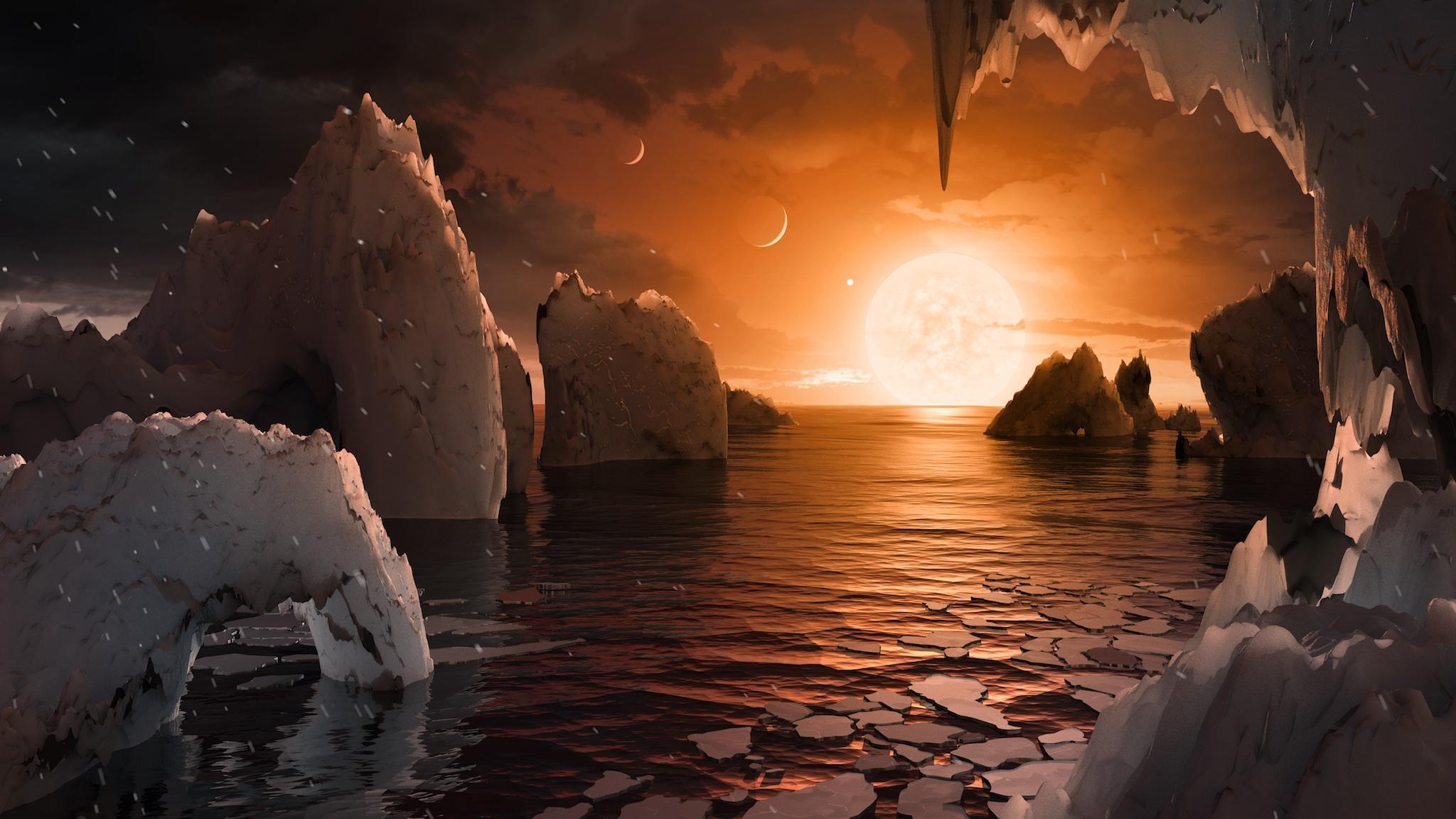Astronomers find the smallest star ever, pushing forward search for aliens
It's unlikely that stars could ever be any smaller

Your support helps us to tell the story
From reproductive rights to climate change to Big Tech, The Independent is on the ground when the story is developing. Whether it's investigating the financials of Elon Musk's pro-Trump PAC or producing our latest documentary, 'The A Word', which shines a light on the American women fighting for reproductive rights, we know how important it is to parse out the facts from the messaging.
At such a critical moment in US history, we need reporters on the ground. Your donation allows us to keep sending journalists to speak to both sides of the story.
The Independent is trusted by Americans across the entire political spectrum. And unlike many other quality news outlets, we choose not to lock Americans out of our reporting and analysis with paywalls. We believe quality journalism should be available to everyone, paid for by those who can afford it.
Your support makes all the difference.Astronomers have found the smallest star ever, and it might offer a hint of the search for other Earth-like planets.
The tiny sun is just a little smaller than Saturn and is probably the tiniest that stars can actually be. If it were any smaller, there would be so little pressure at its centre that it would be unable to support the process of fusion and stop being active.
“Our discovery reveals how small stars can be,” said Alexander Boetticher, the lead author of the study, and a Master’s student at Cambridge’s Cavendish Laboratory and Institute of Astronomy. “Had this star formed with only a slightly lower mass, the fusion reaction of hydrogen in its core could not be sustained, and the star would instead have transformed into a brown dwarf.”
And the star might even offer a hint at planets where we might find life. Such tiny, relatively cool stars – like Trappist-1 – are probably our best shot at finding planets like our own.
“The smallest stars provide optimal conditions for the discovery of Earth-like planets, and for the remote exploration of their atmospheres,” said co-author Amaury Triaud, senior researcher at Cambridge’s Institute of Astronomy. “However, before we can study planets, we absolutely need to understand their star; this is fundamental.”
Such small stars are by far the most common in the universe. But it's difficult often to spot them, precisely because they are so tiny and dim that it's much more difficult to see them from afar.
Scientists now hope that they can use the project that spotted this star – known as WASP, a planet-finding mission that involves a range of different UK universities – to see more of those stars. When they do, they will be able to explore them and understand the stars that are most likely to support life.
“Thanks to the EBLM project, we will achieve a far greater understanding of the planets orbiting the most common stars that exist, planets like those orbiting TRAPPIST-1,” said co-author Professor Didier Queloz of Cambridge’ Cavendish Laboratory.
The new star is known as EBLM J0555-57Ab and sits about 600 light years away. It's part of a binary system and was spotted when it travelled in front of the much bigger other half of its pair.
“This star is smaller, and likely colder than many of the gas giant exoplanets that have so far been identified,” said von Boetticher. “While a fascinating feature of stellar physics, it is often harder to measure the size of such dim low-mass stars than for many of the larger planets. Thankfully, we can find these small stars with planet-hunting equipment, when they orbit a larger host star in a binary system. It might sound incredible, but finding a star can at times be harder than finding a planet.”
Join our commenting forum
Join thought-provoking conversations, follow other Independent readers and see their replies
Comments